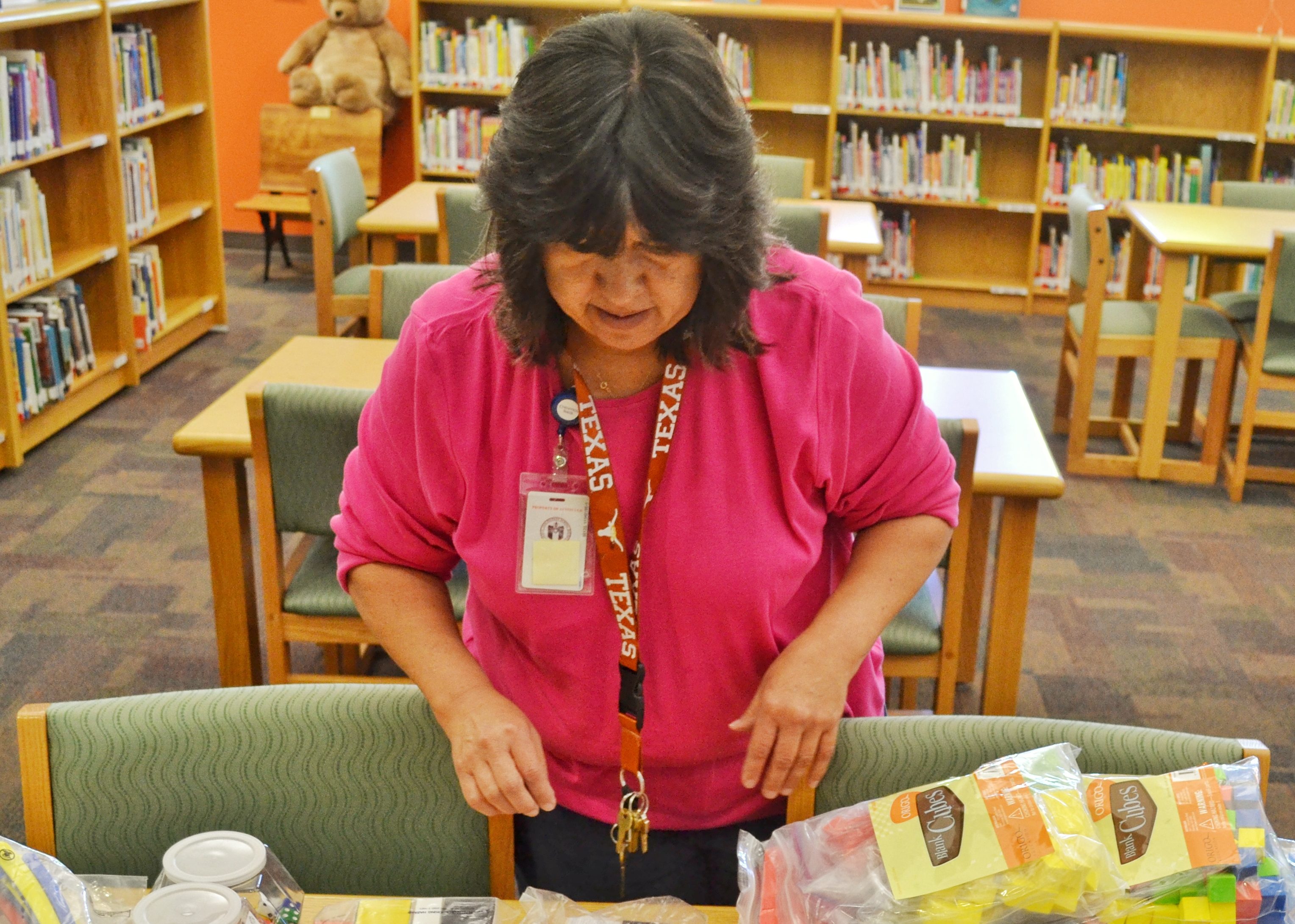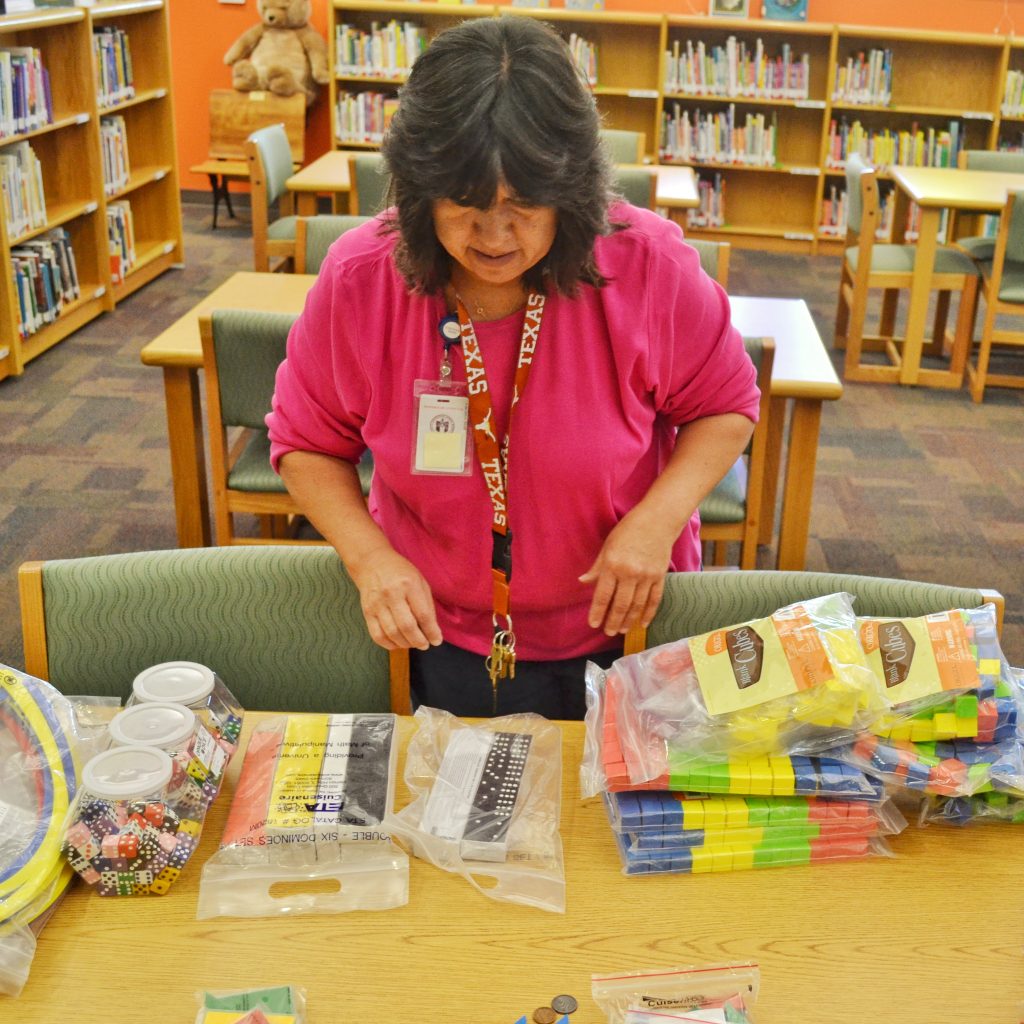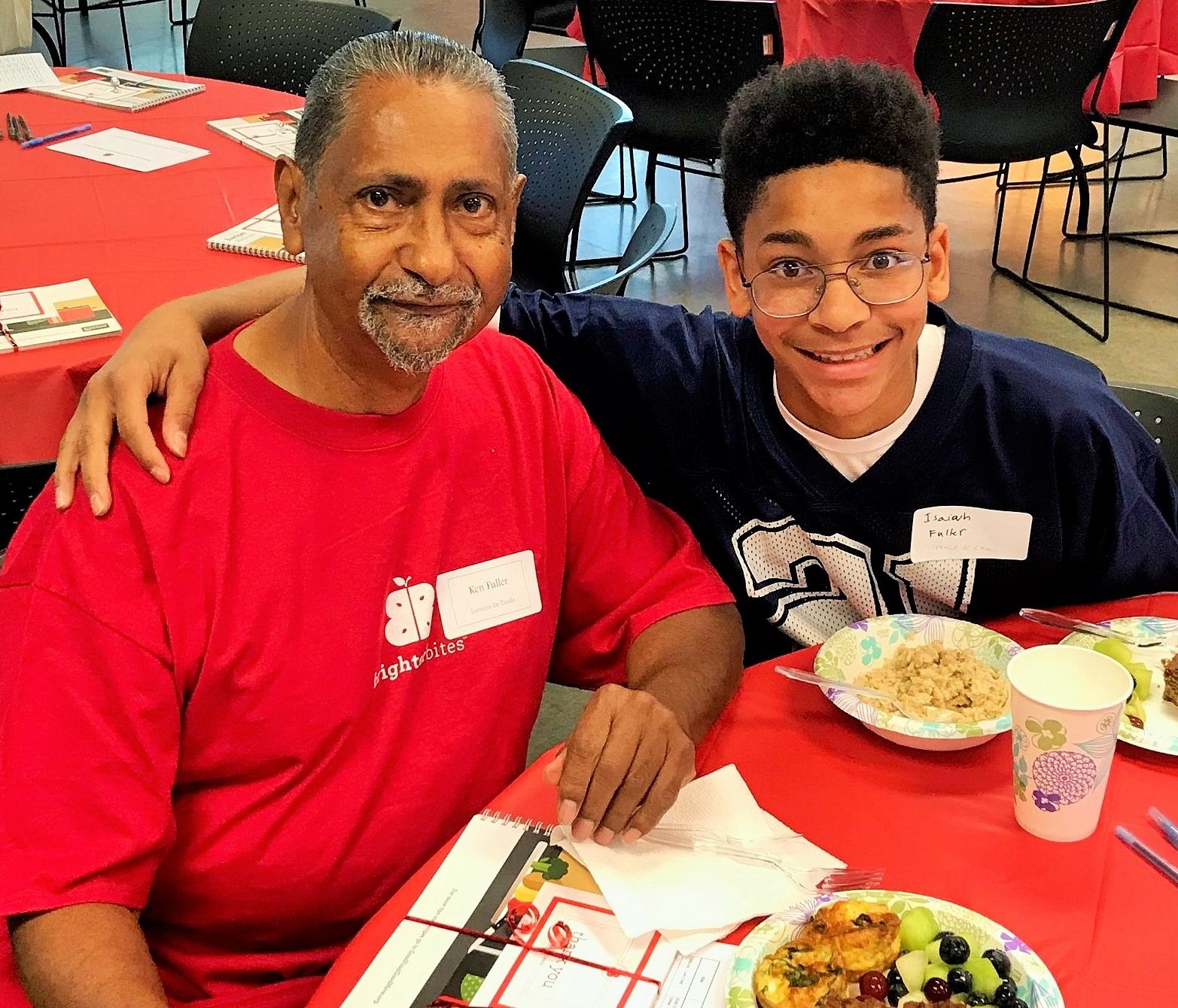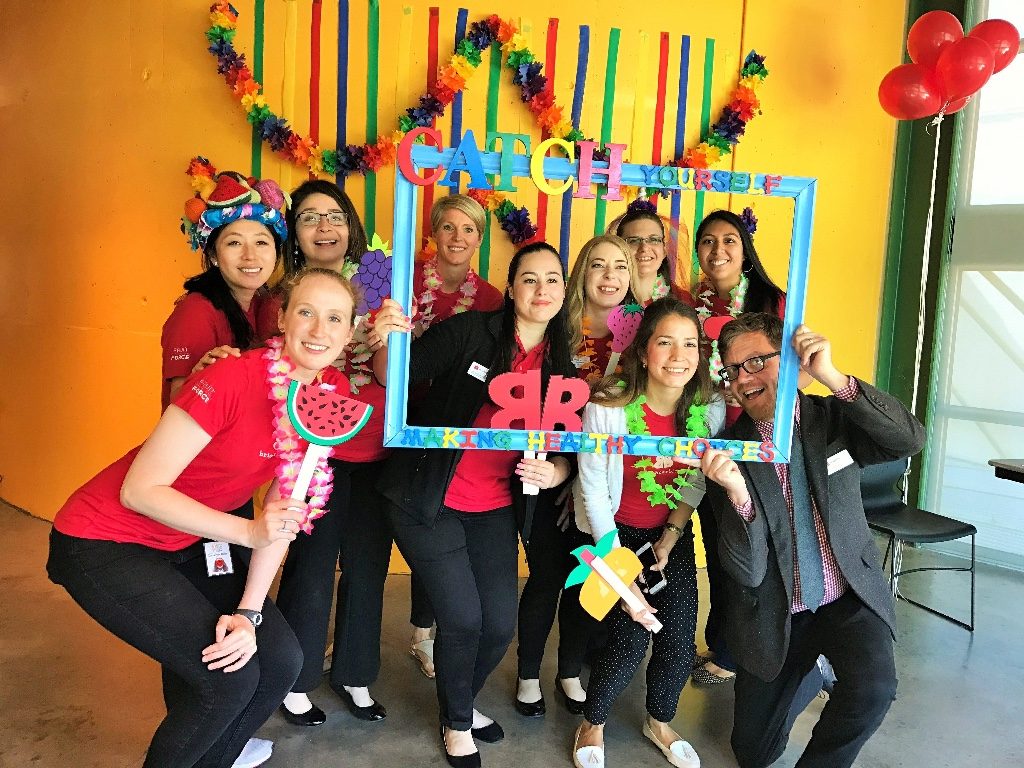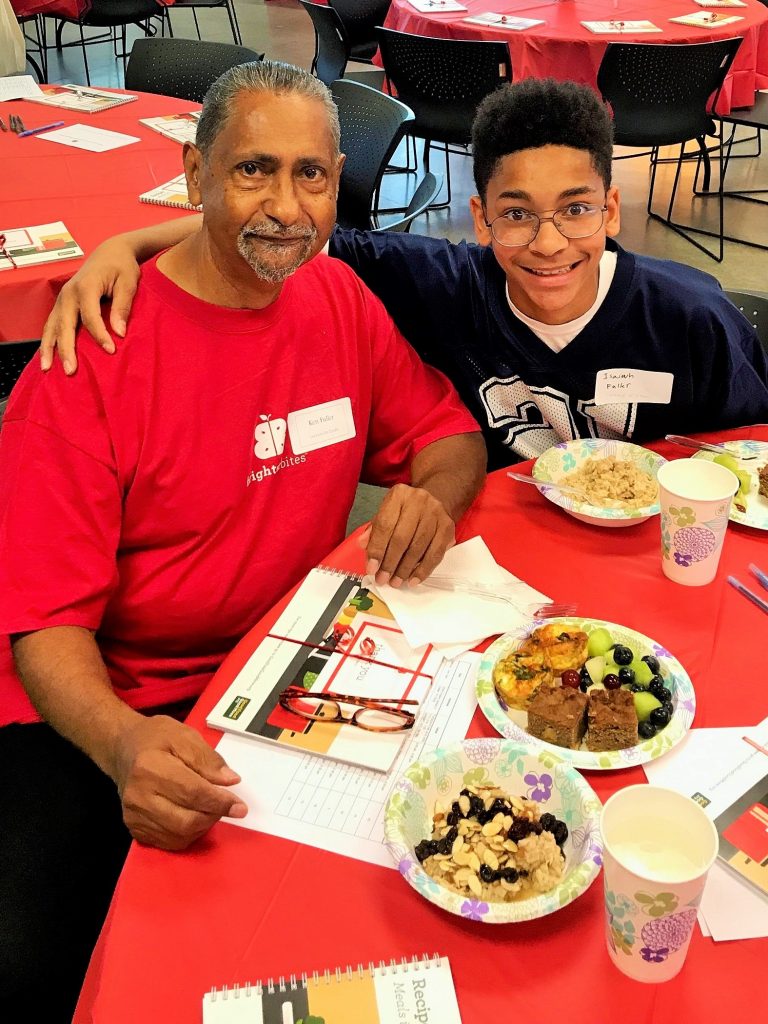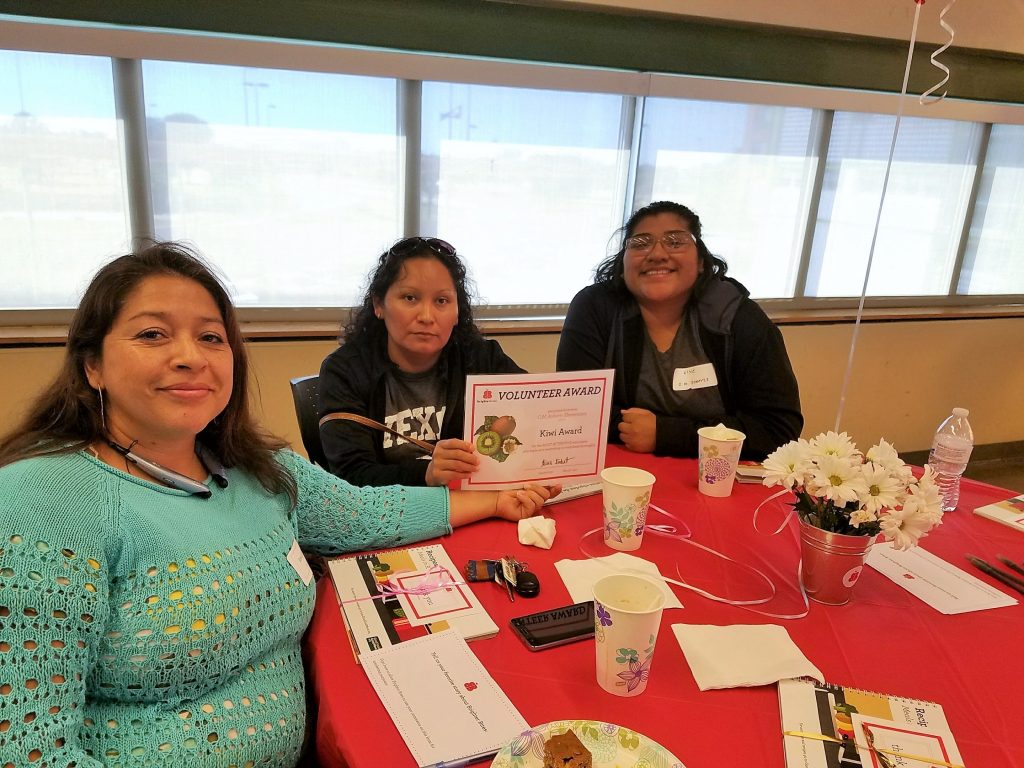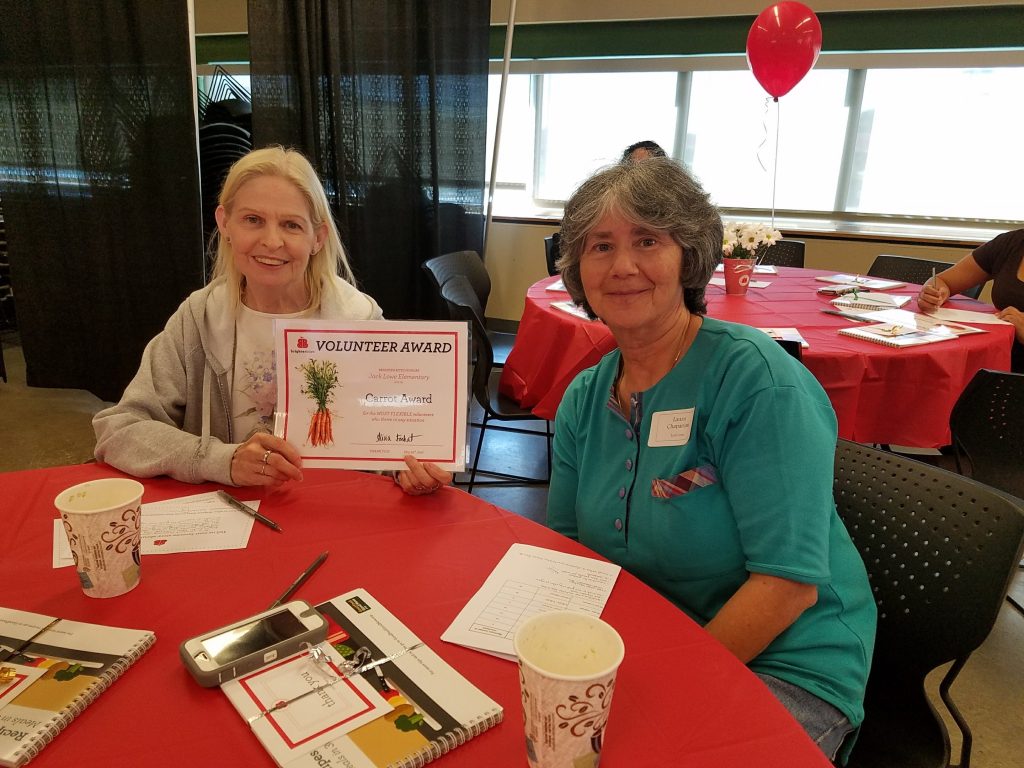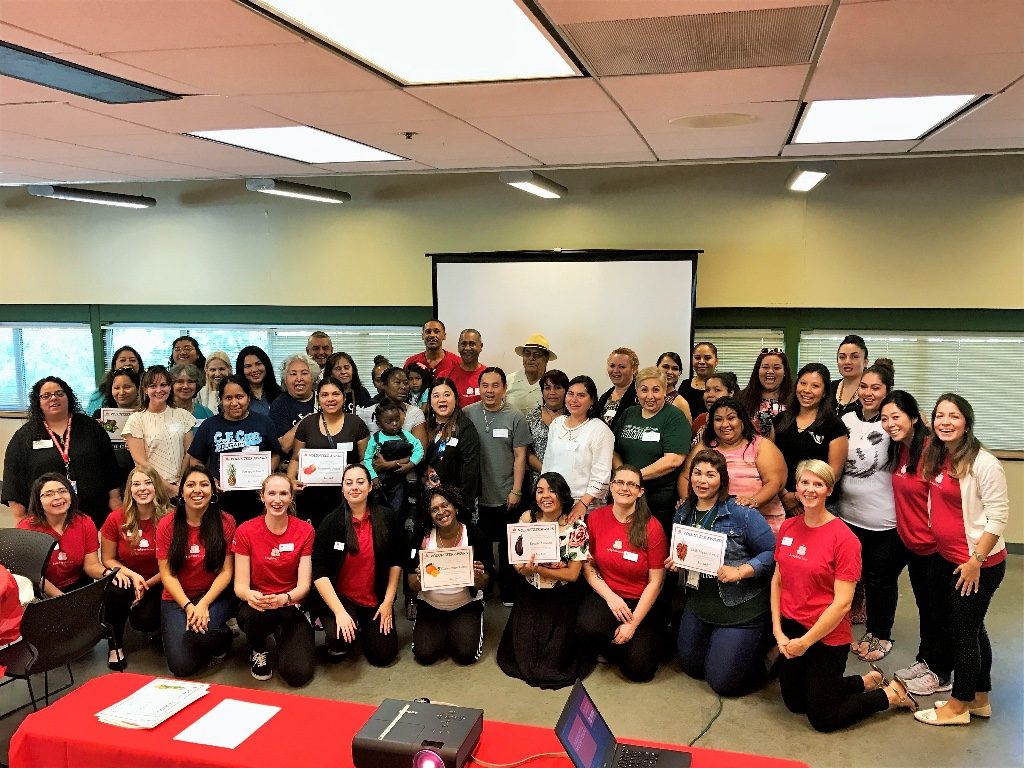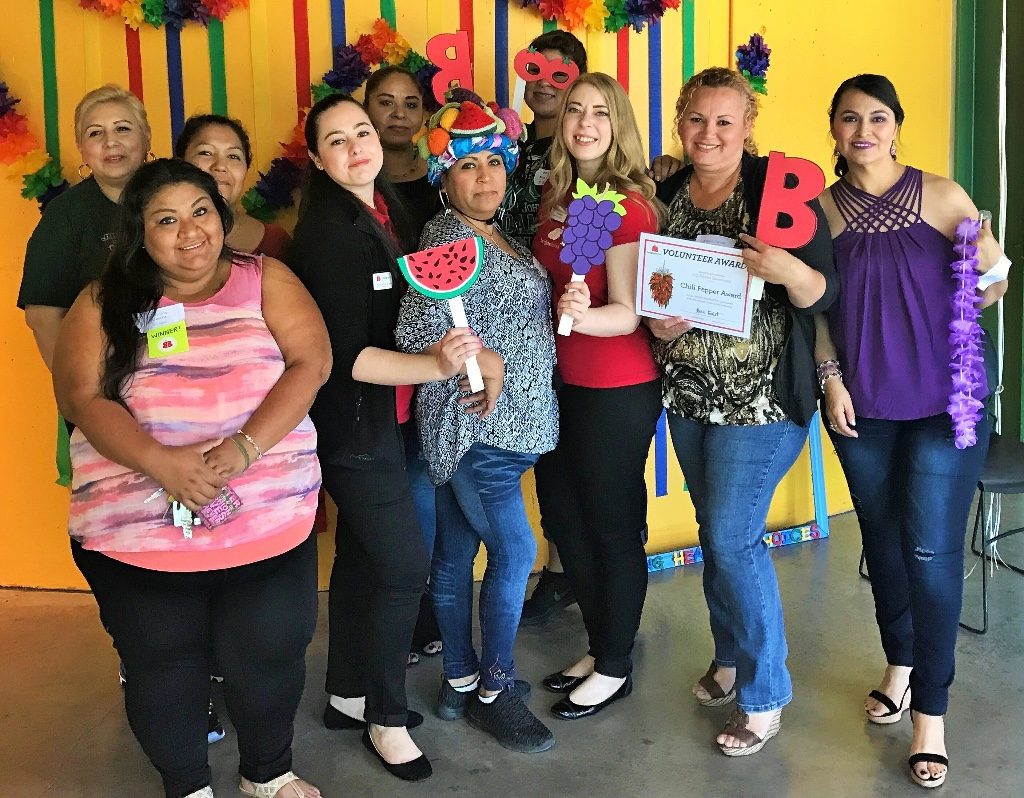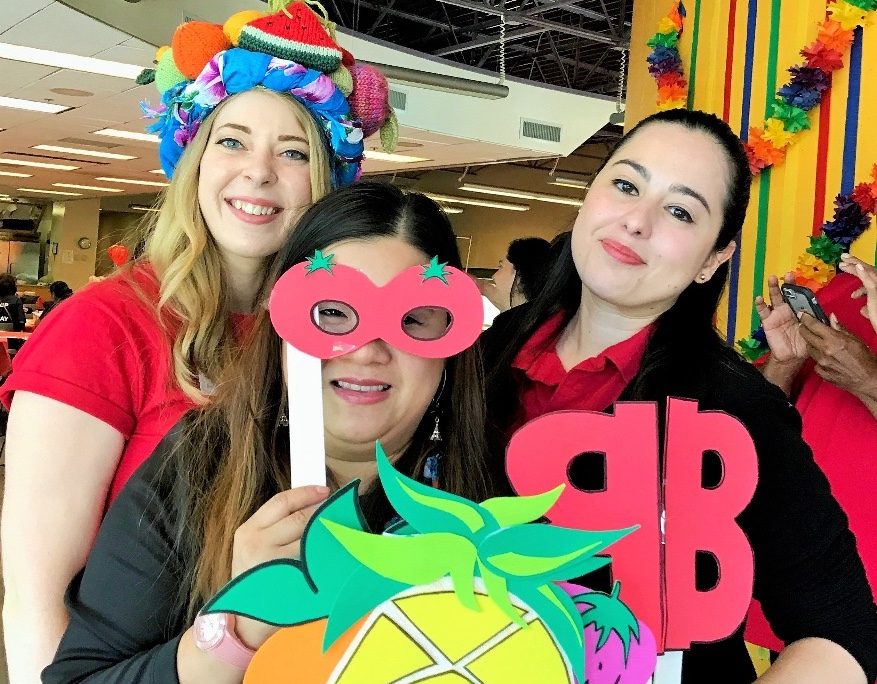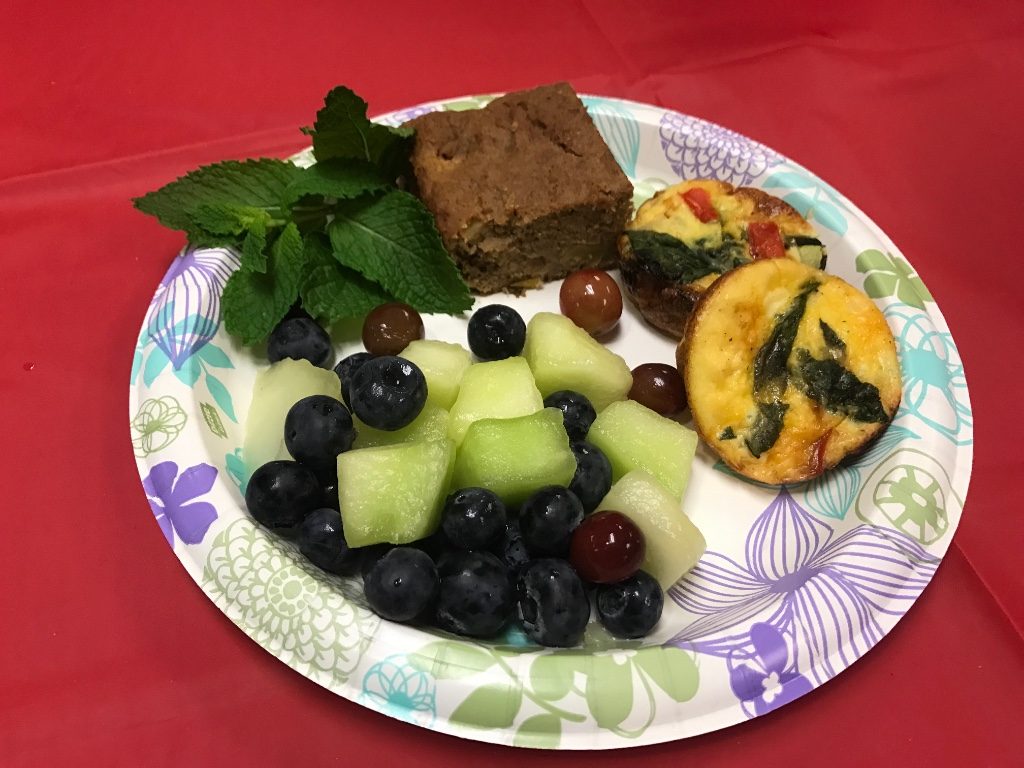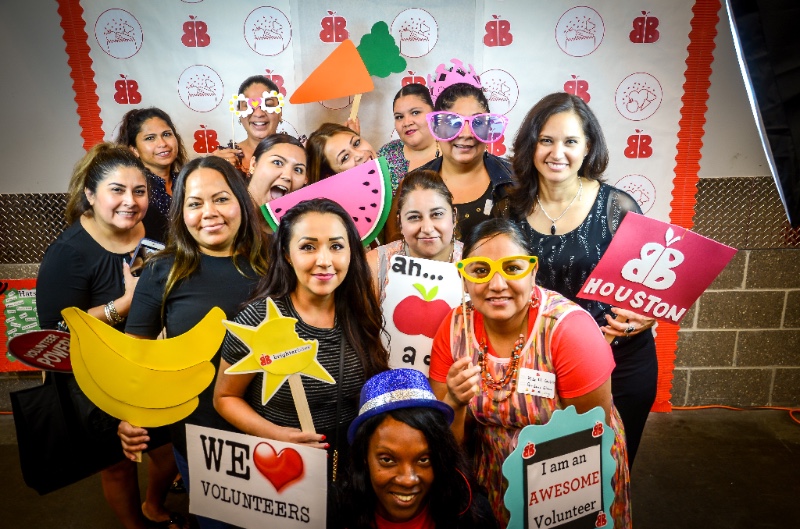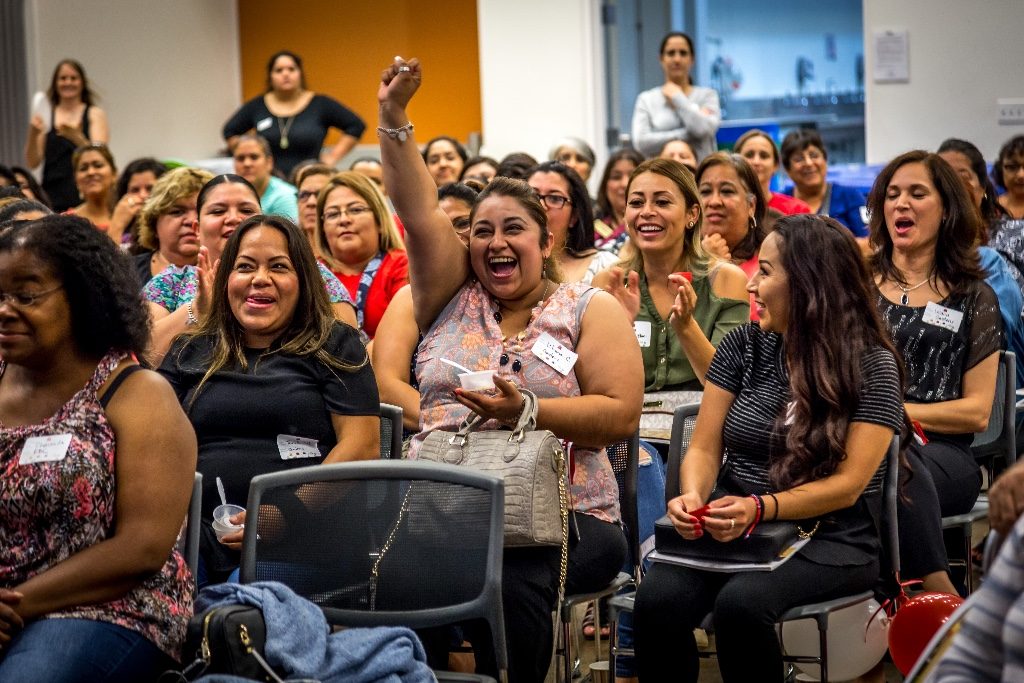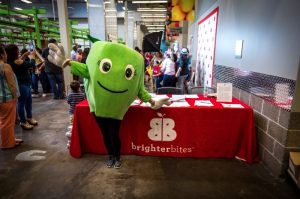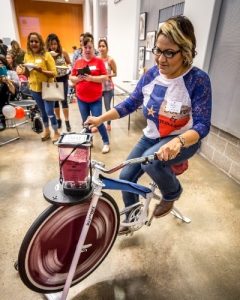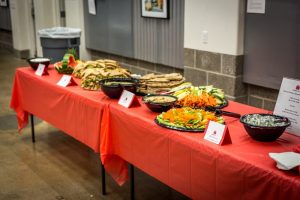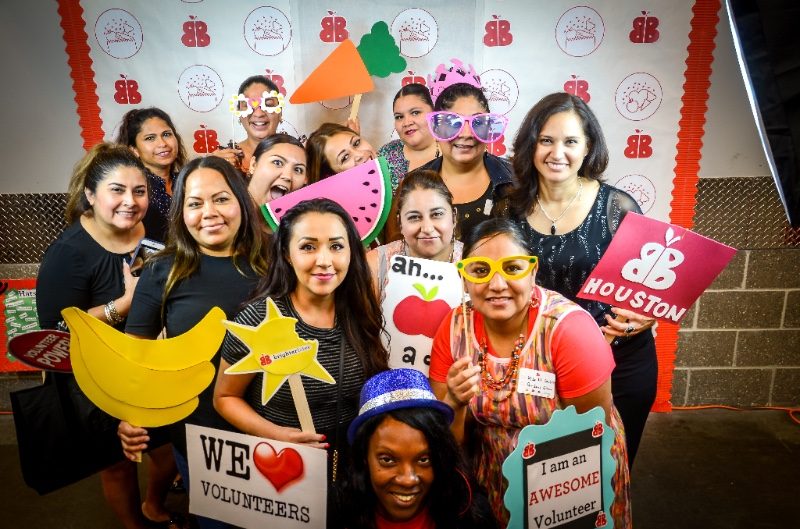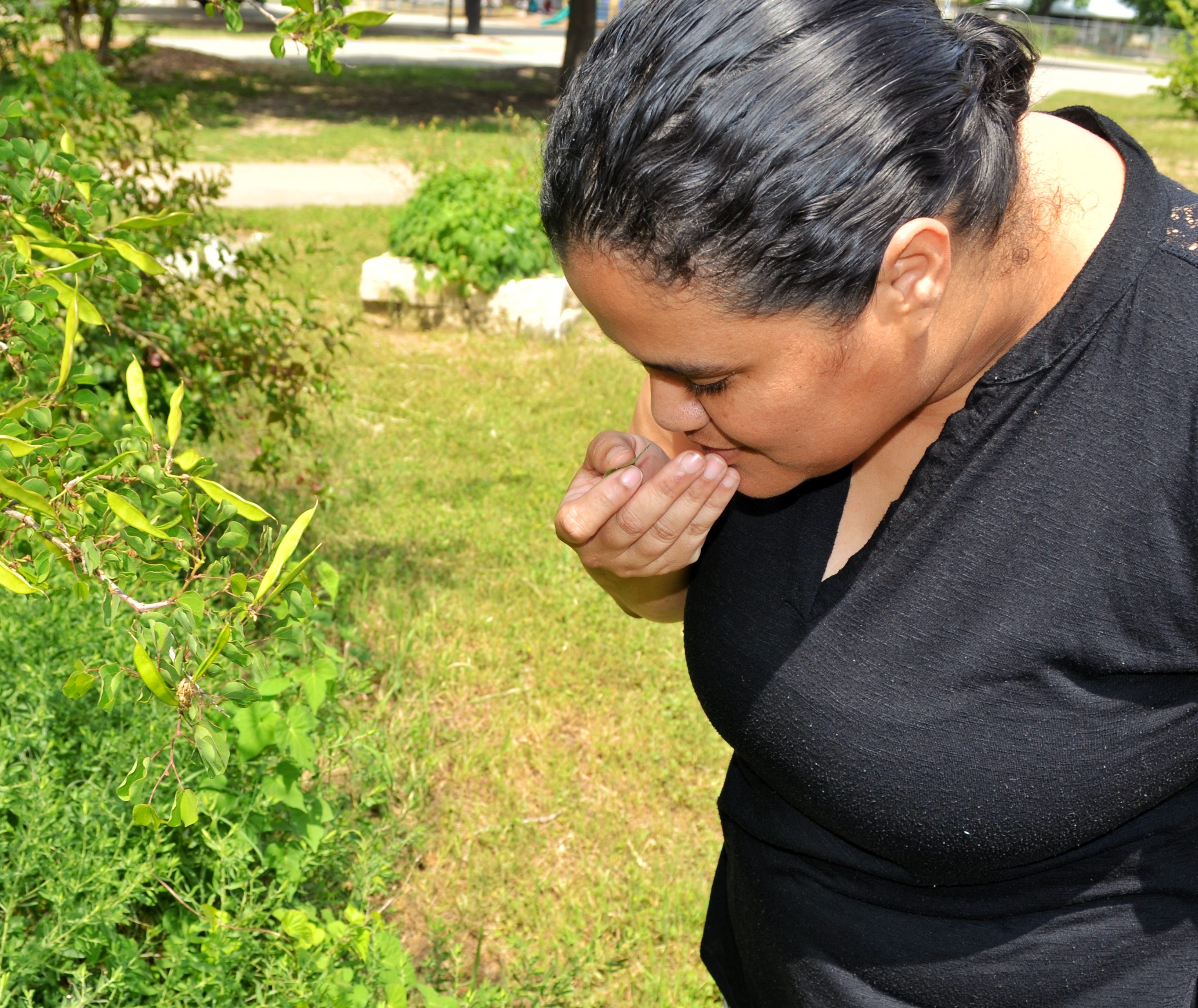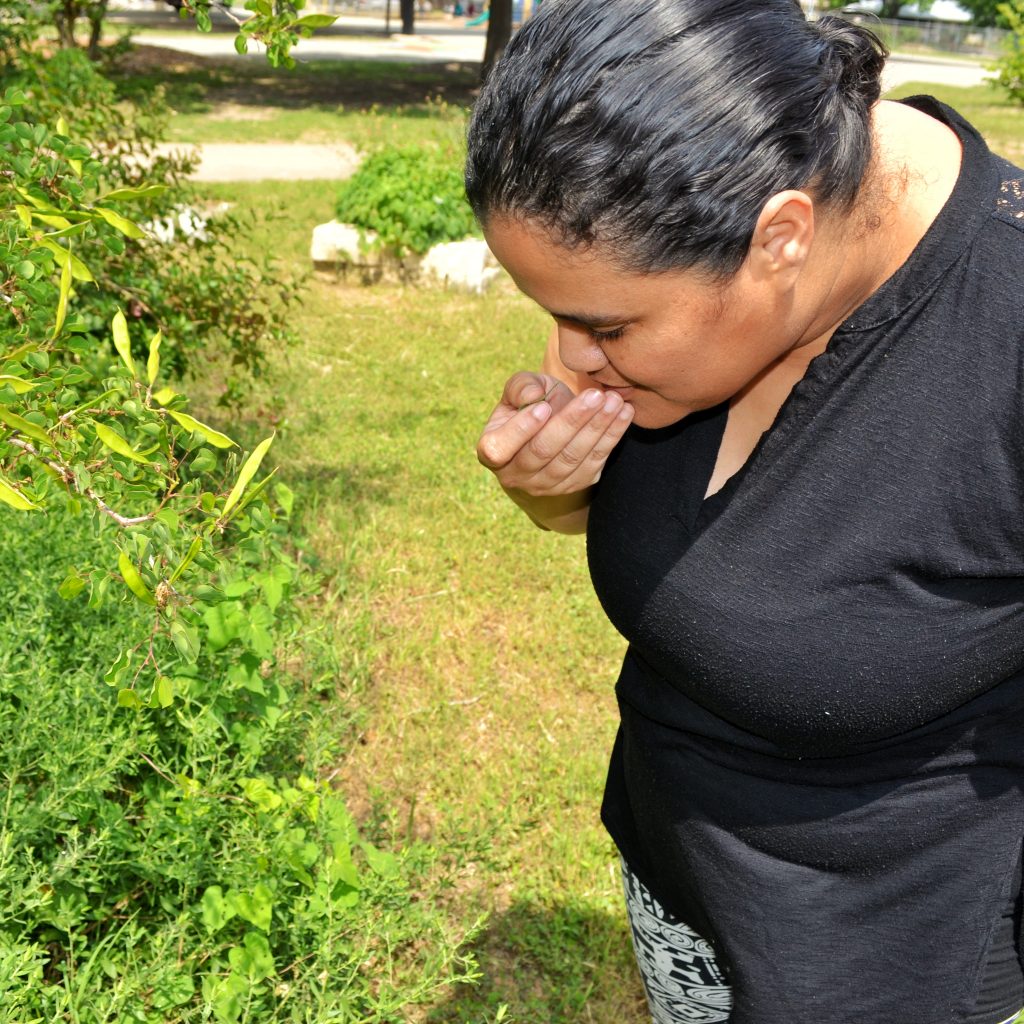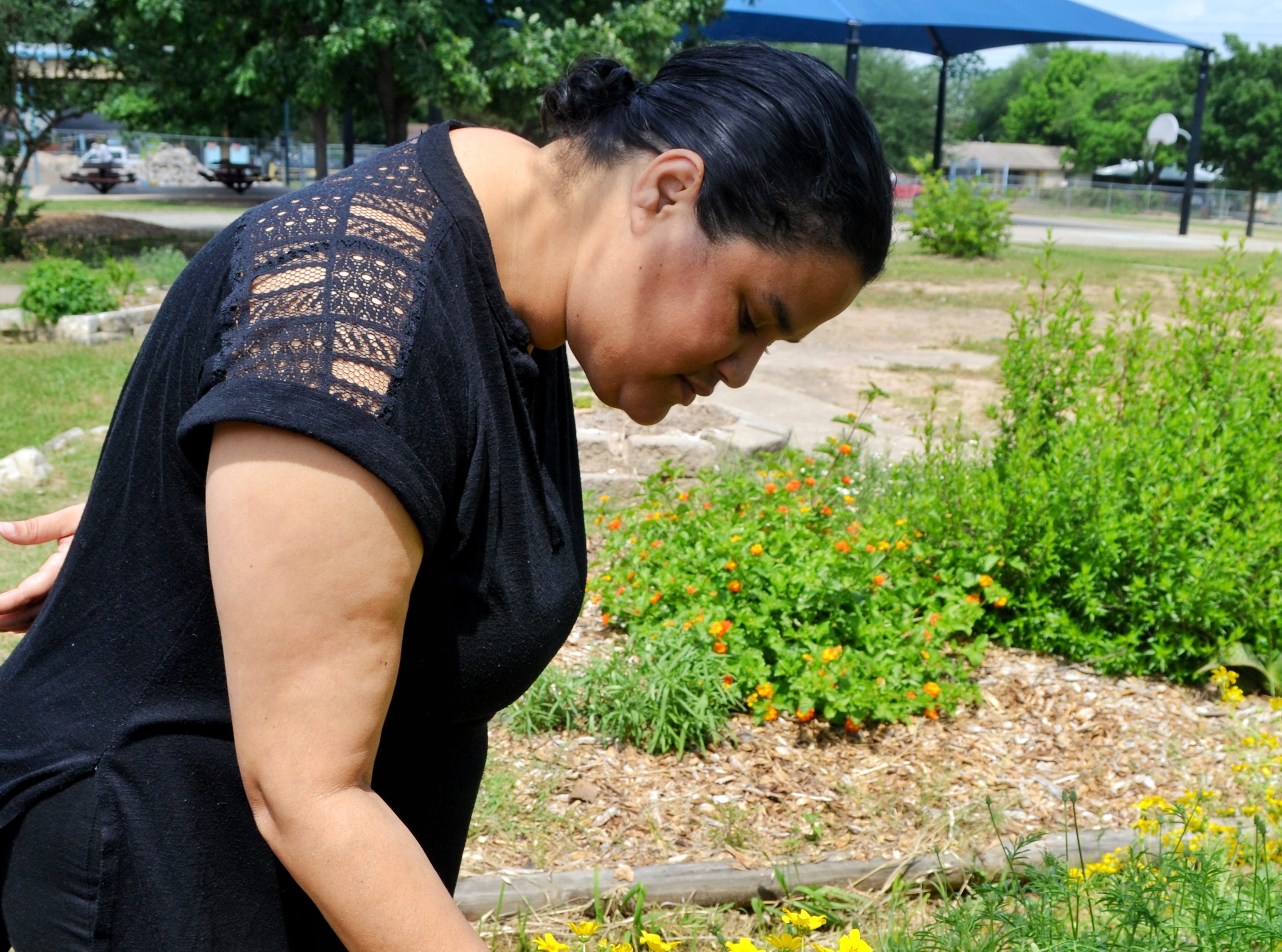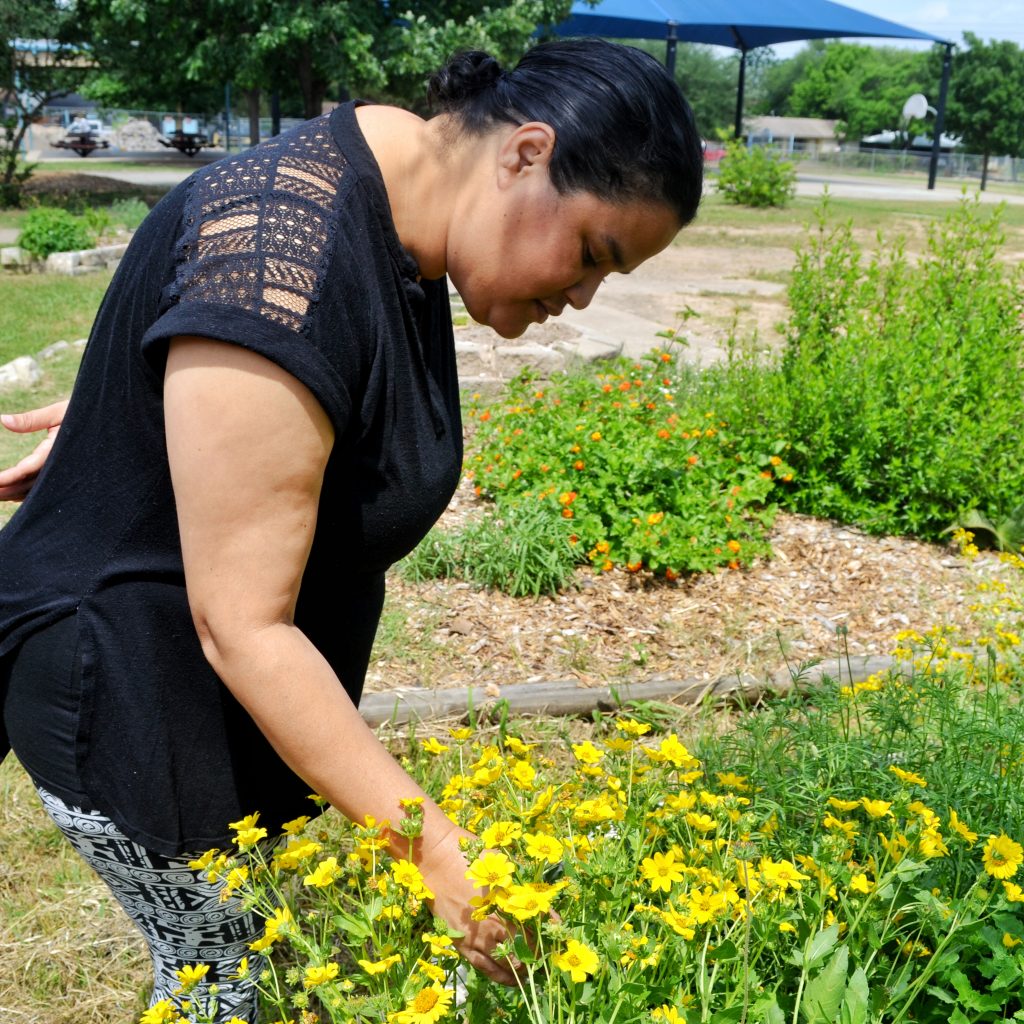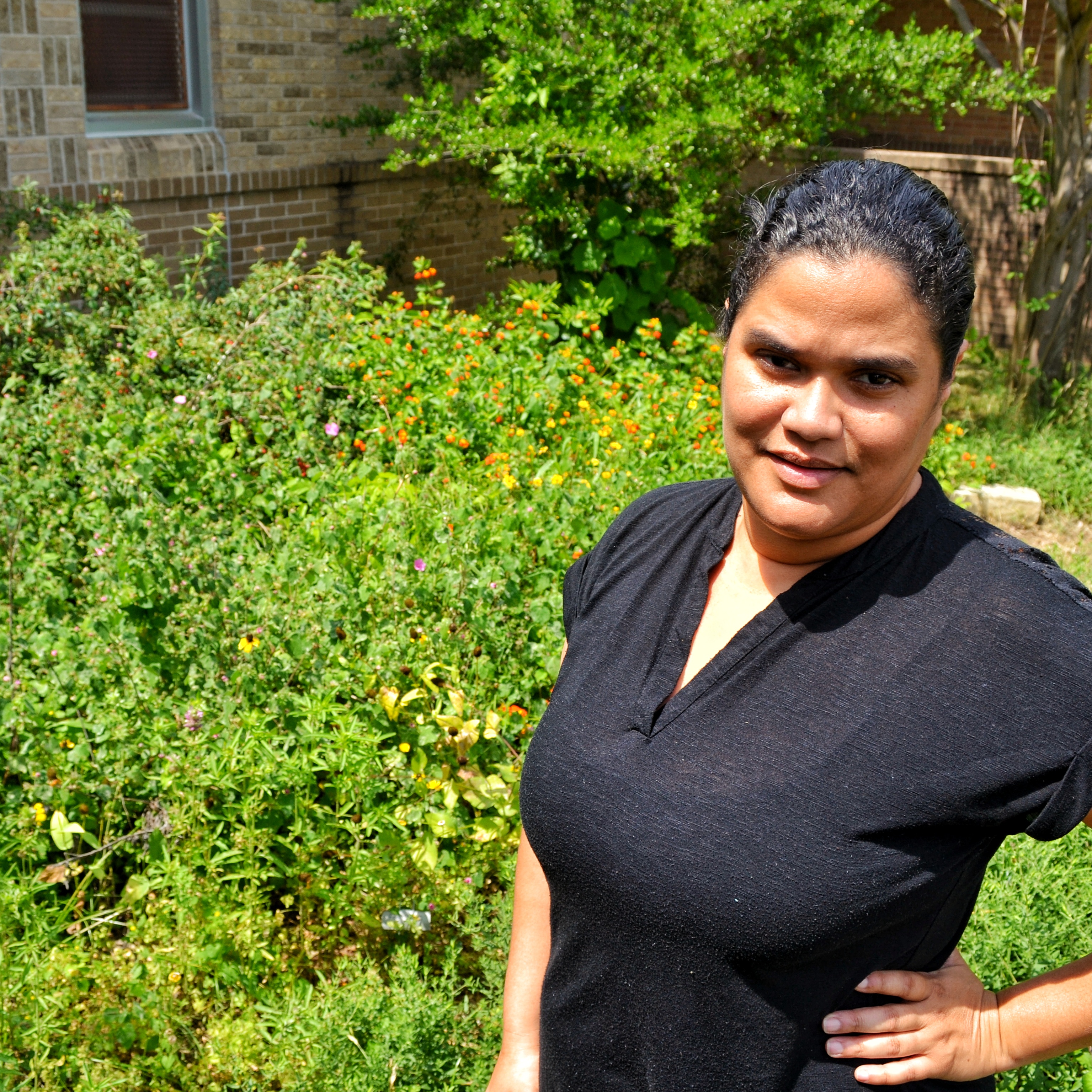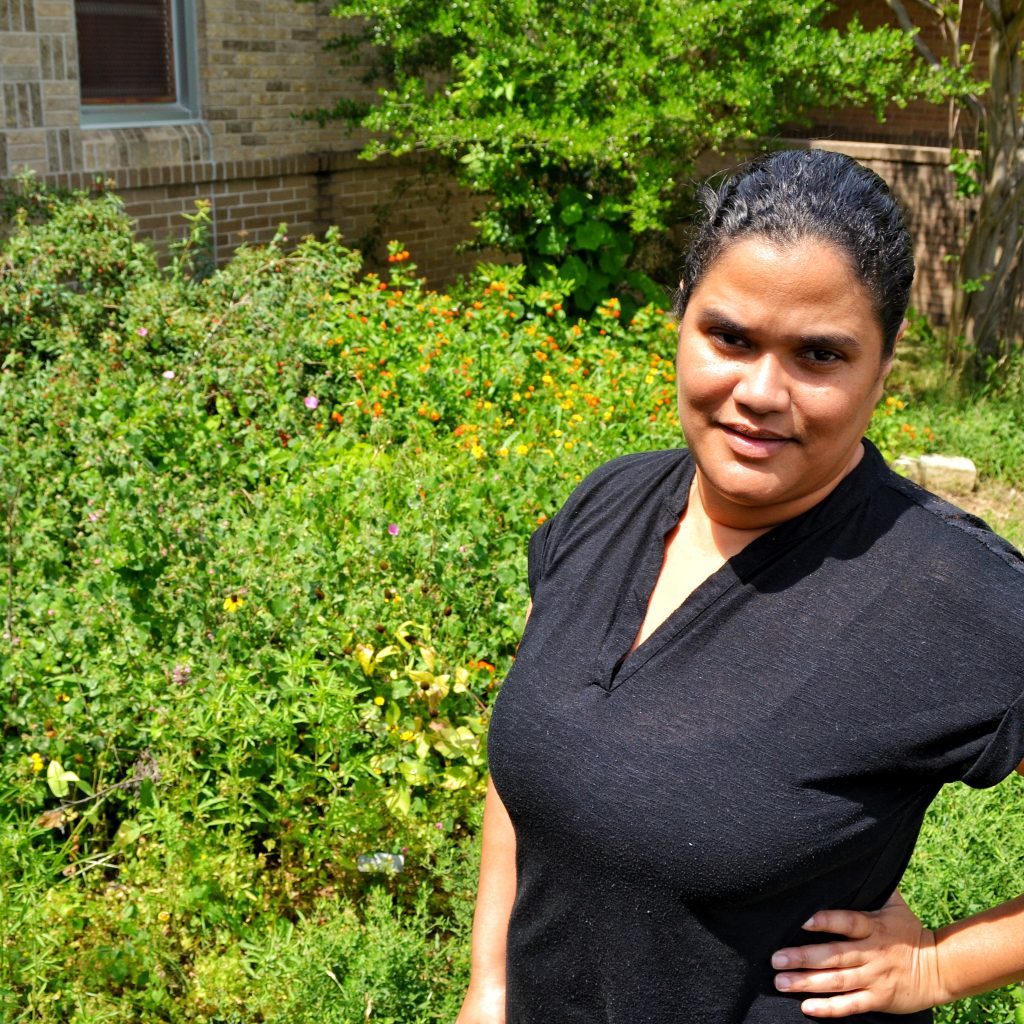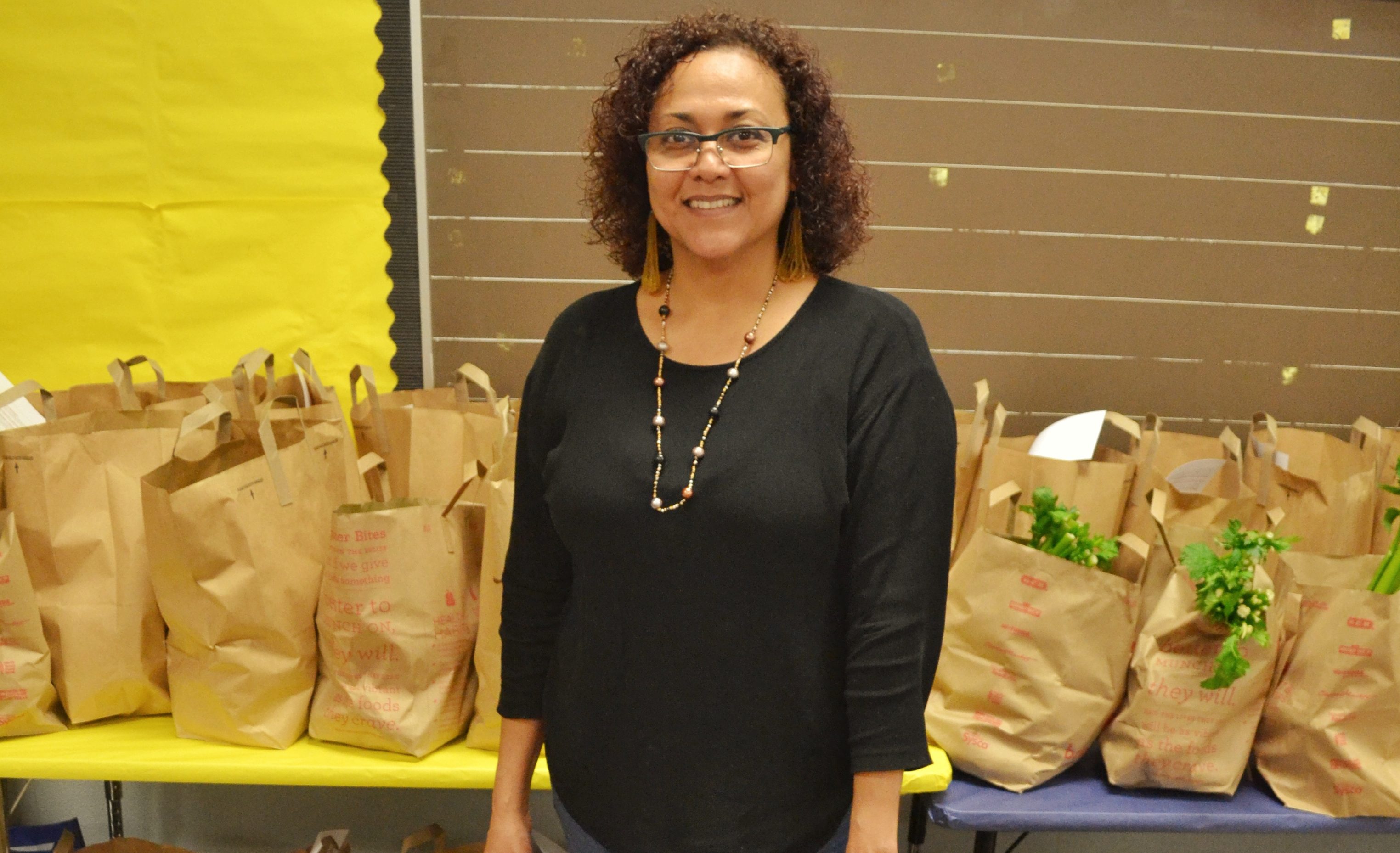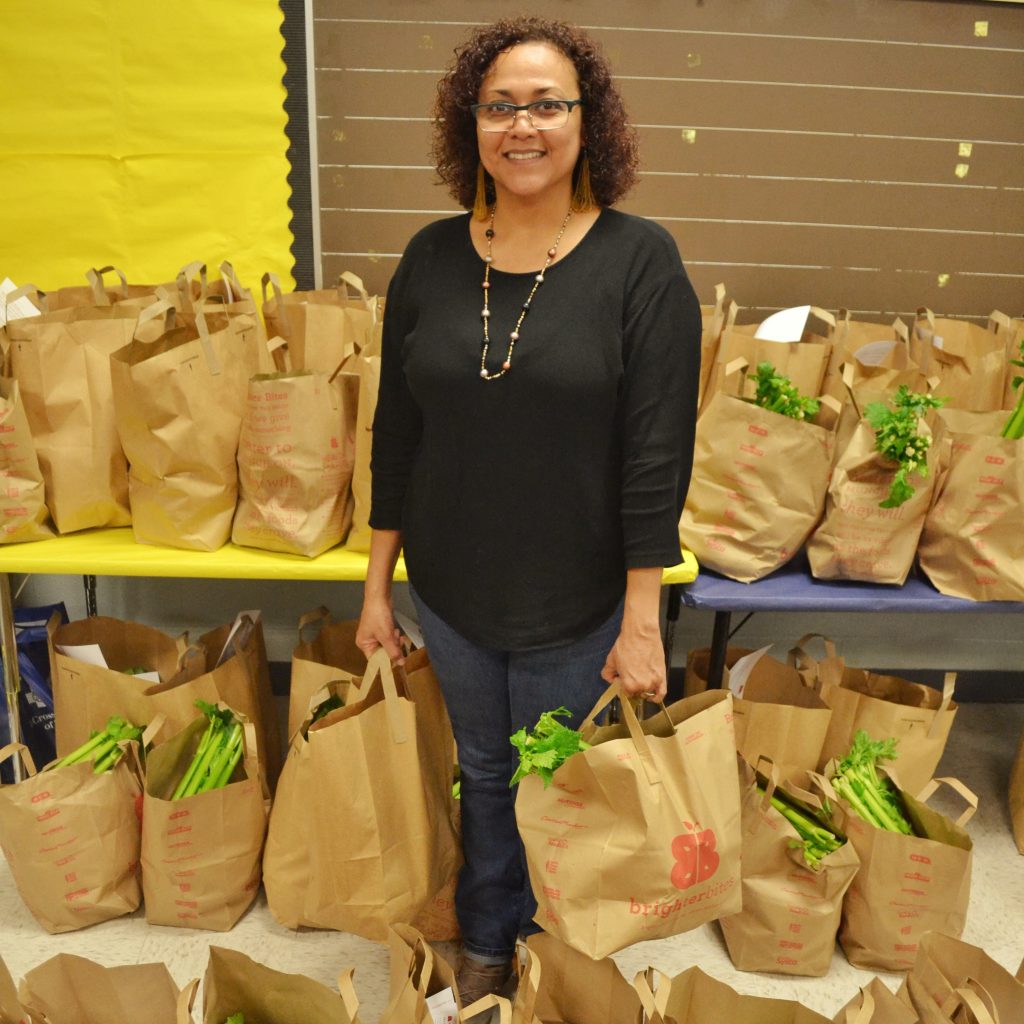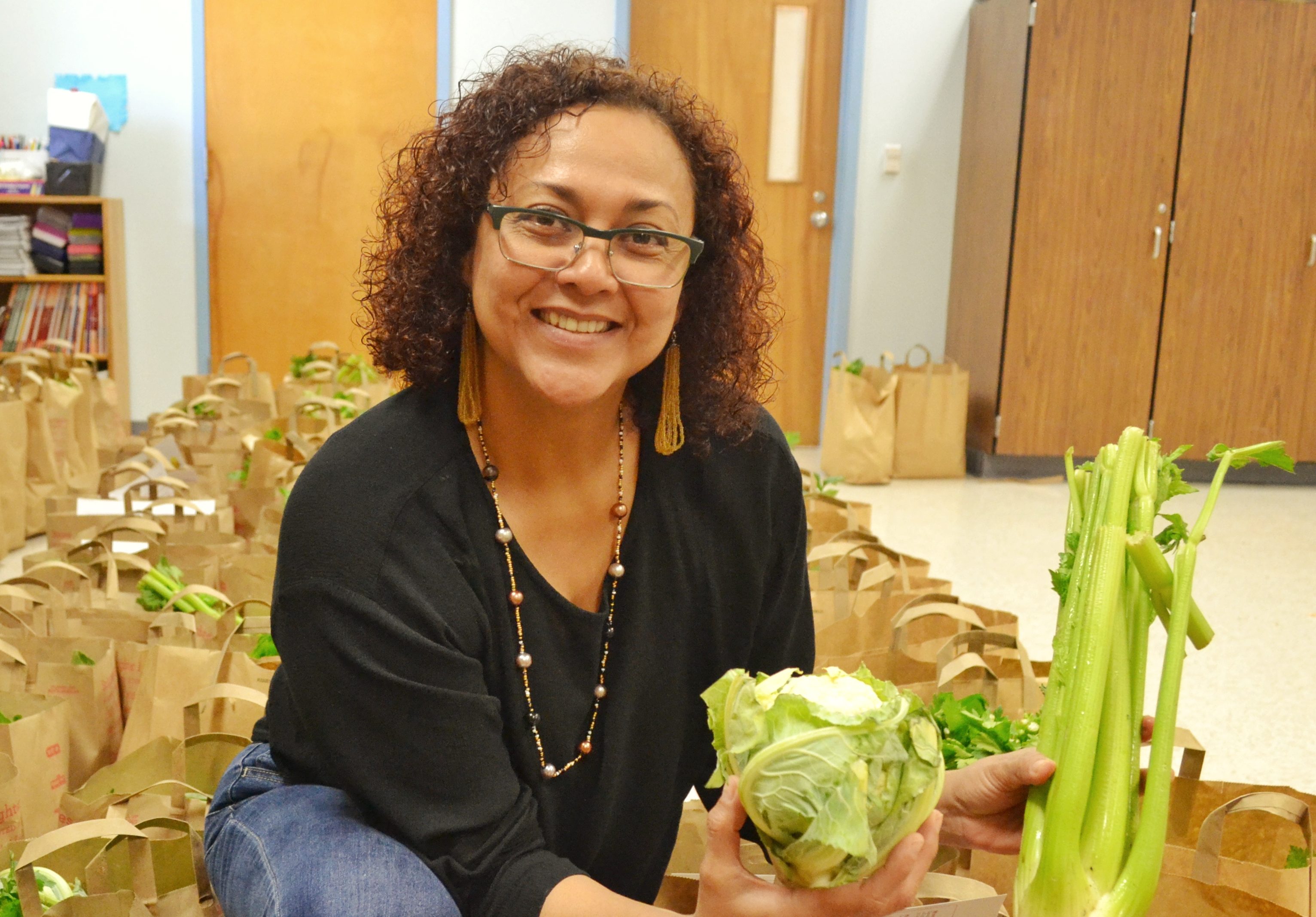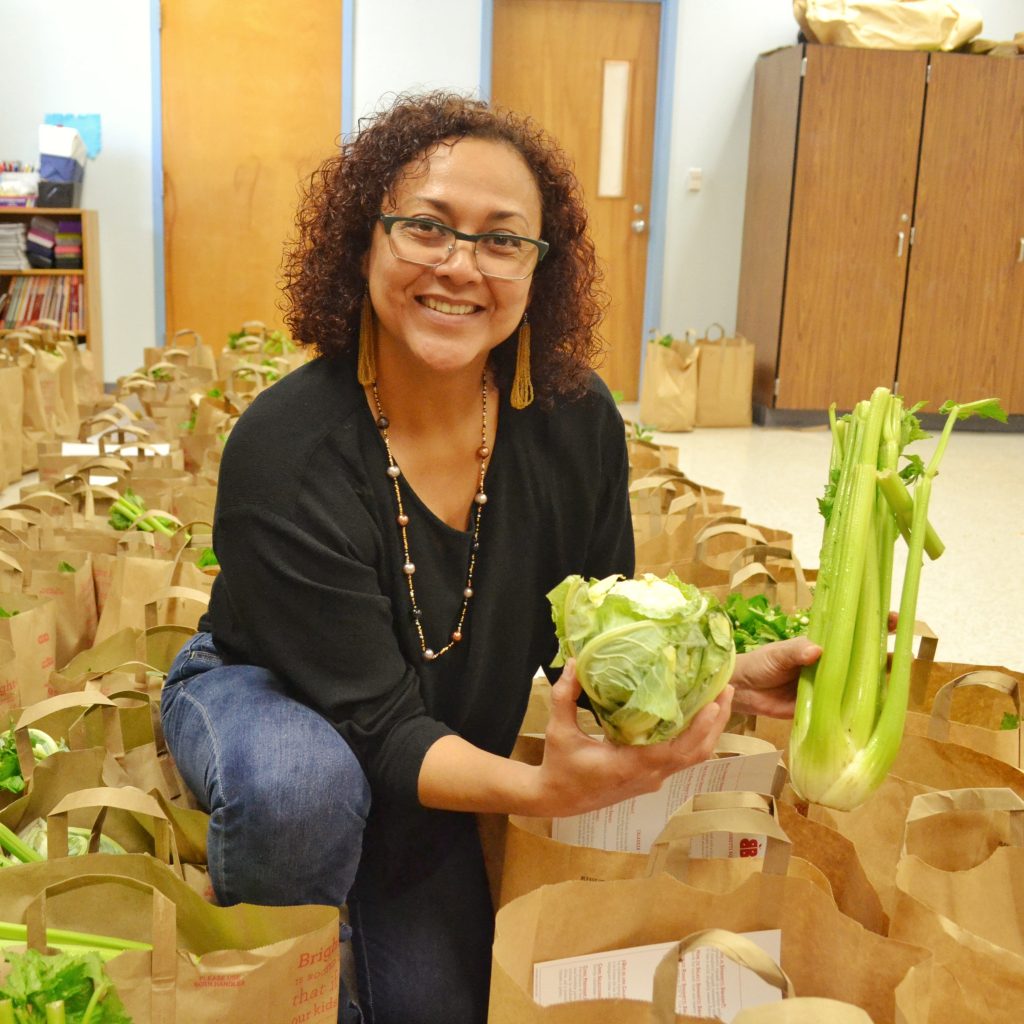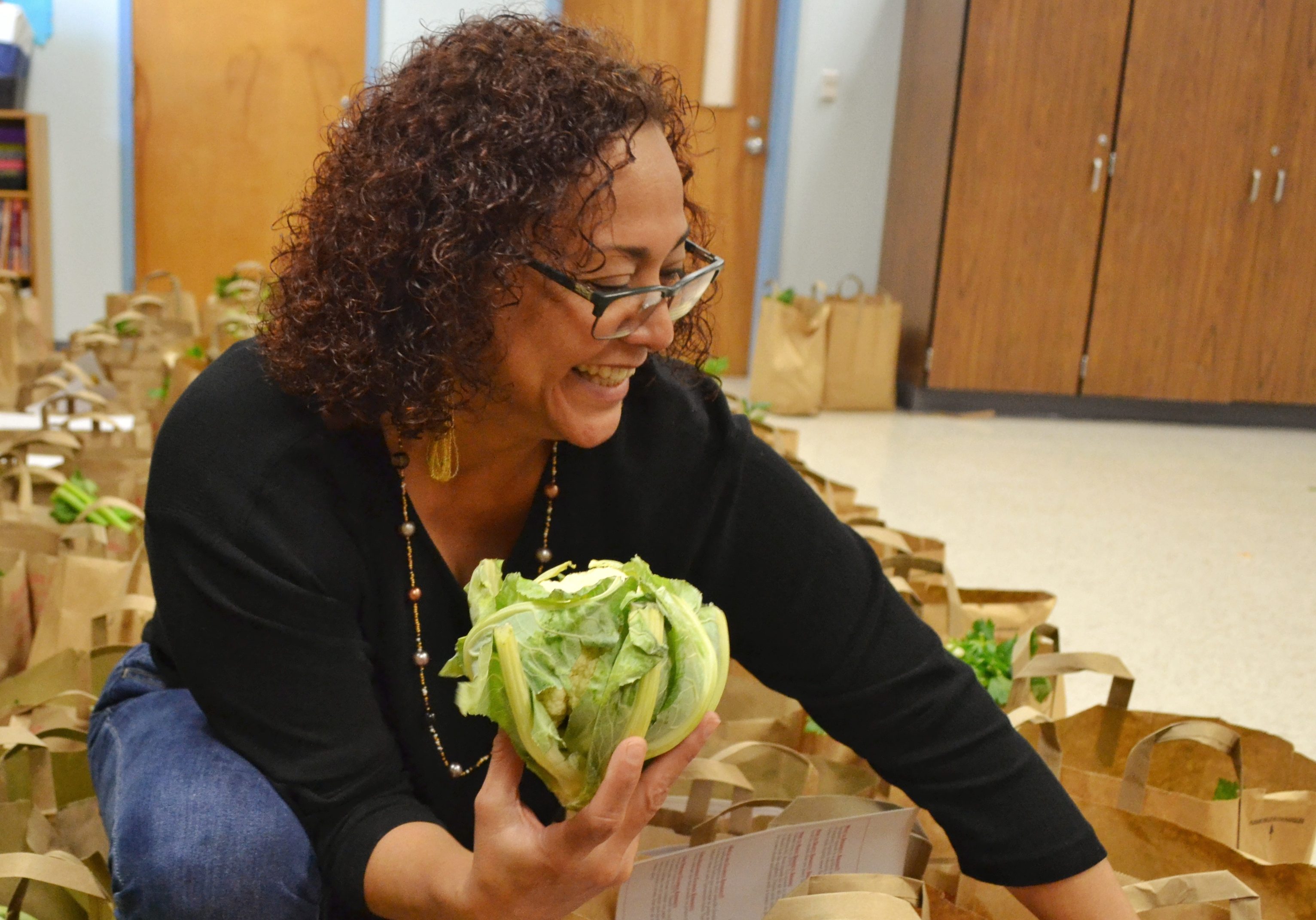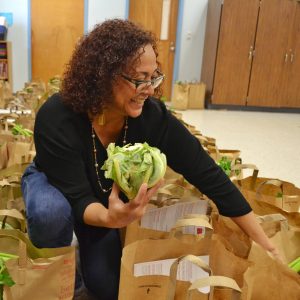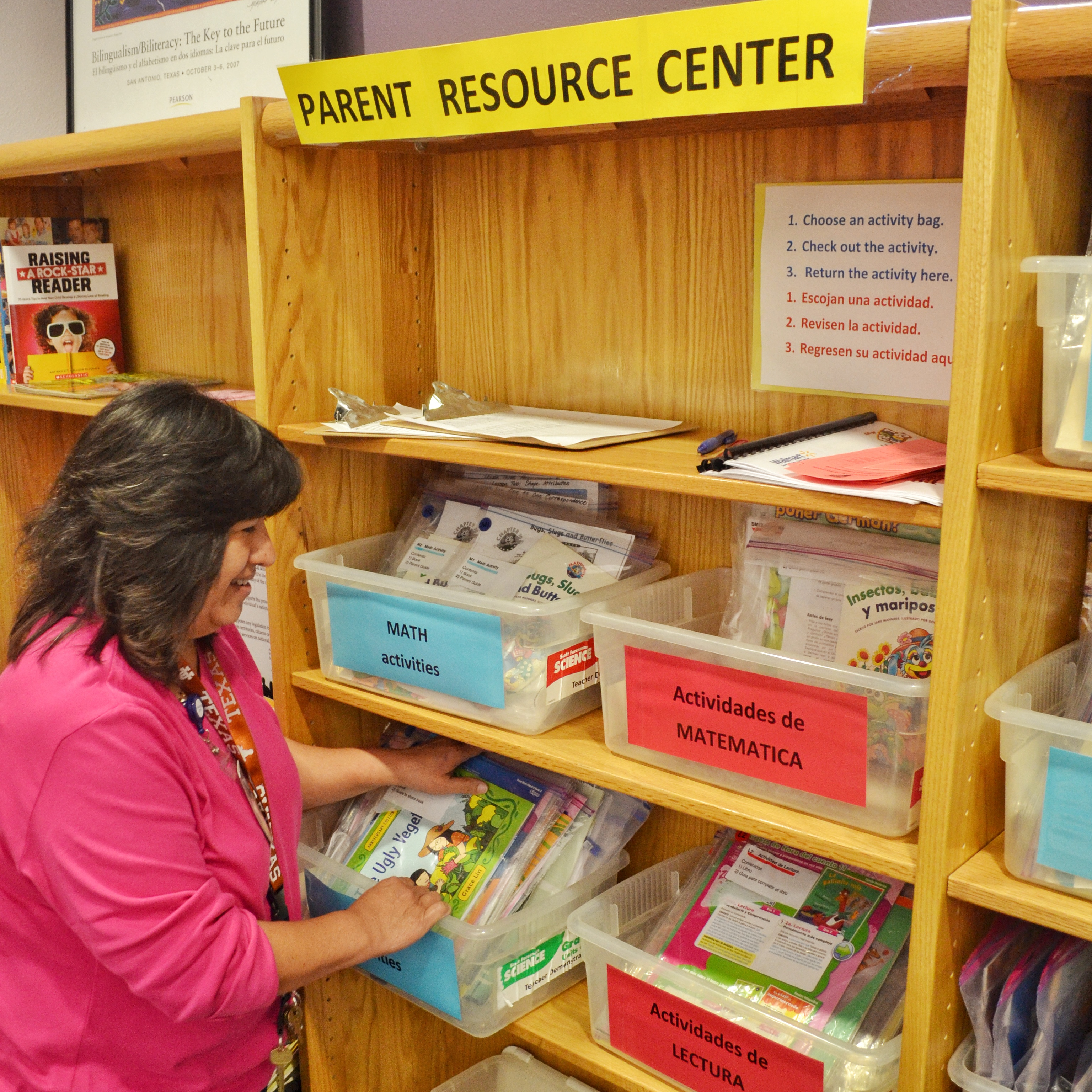
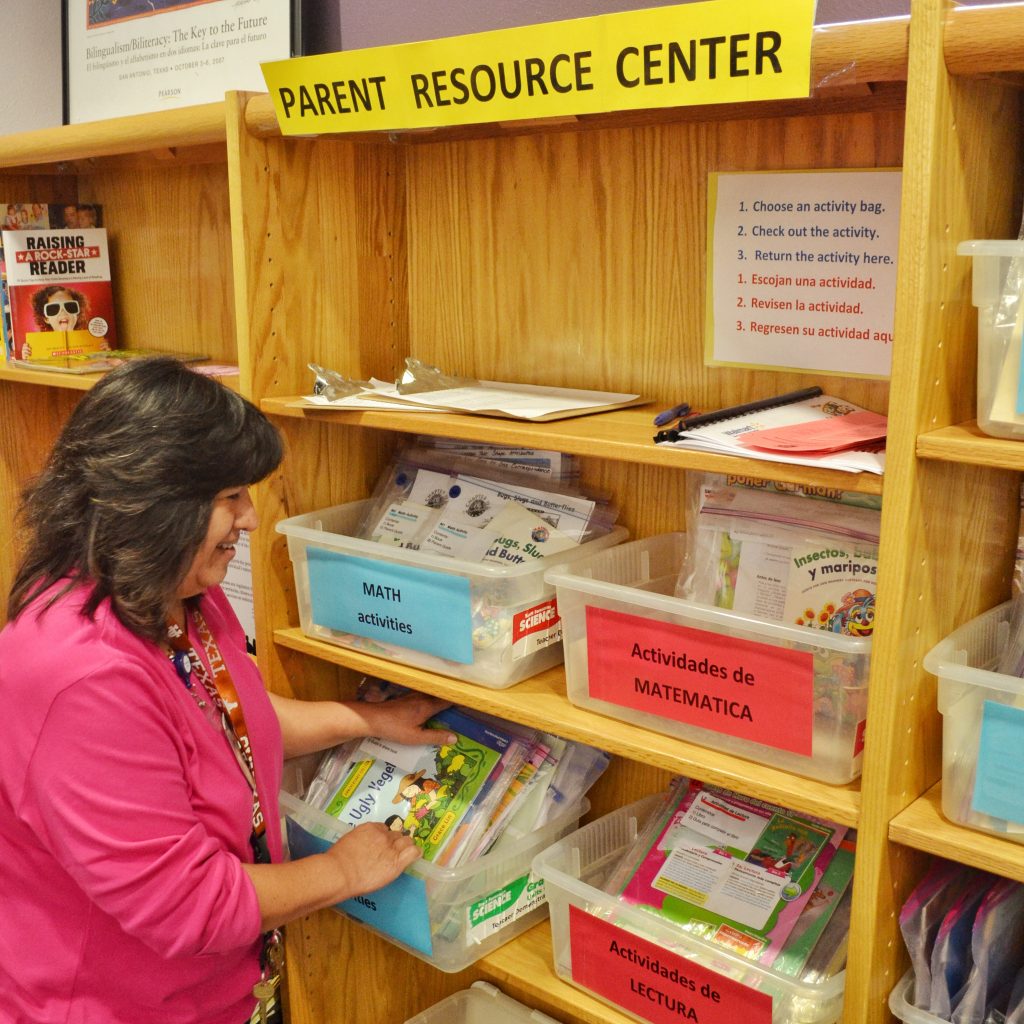
“At sixteen, I started to work at the Brackenridge hospital. I was able to eat lunch there. That’s when I first started to actually think, you know, broccoli is good. You could put cheese on it or dip it into Ranch dressing. The vegetables were probably there even before I really realized, but that’s when I started to say, I’m going to need to try them all the time. I never tried them because I always felt it wasn’t good if it didn’t come out of a can. I would go through the cafeteria line and I’d see the broccoli and the cauliflower mixed with different things. I remember going home and telling my mom, you know, when I go through the line at the hospital, they have these vegetables. I say, you know what, mom? Maybe that’s something that you could try with us and see if we can get my younger brothers and sisters to start eating that.”
Humans of Brighter Bites is a series that captures how Brighter Bites volunteers, participants, teachers, and supporters connect with food. Check back here for each installment of the current story and each month for a new story.
